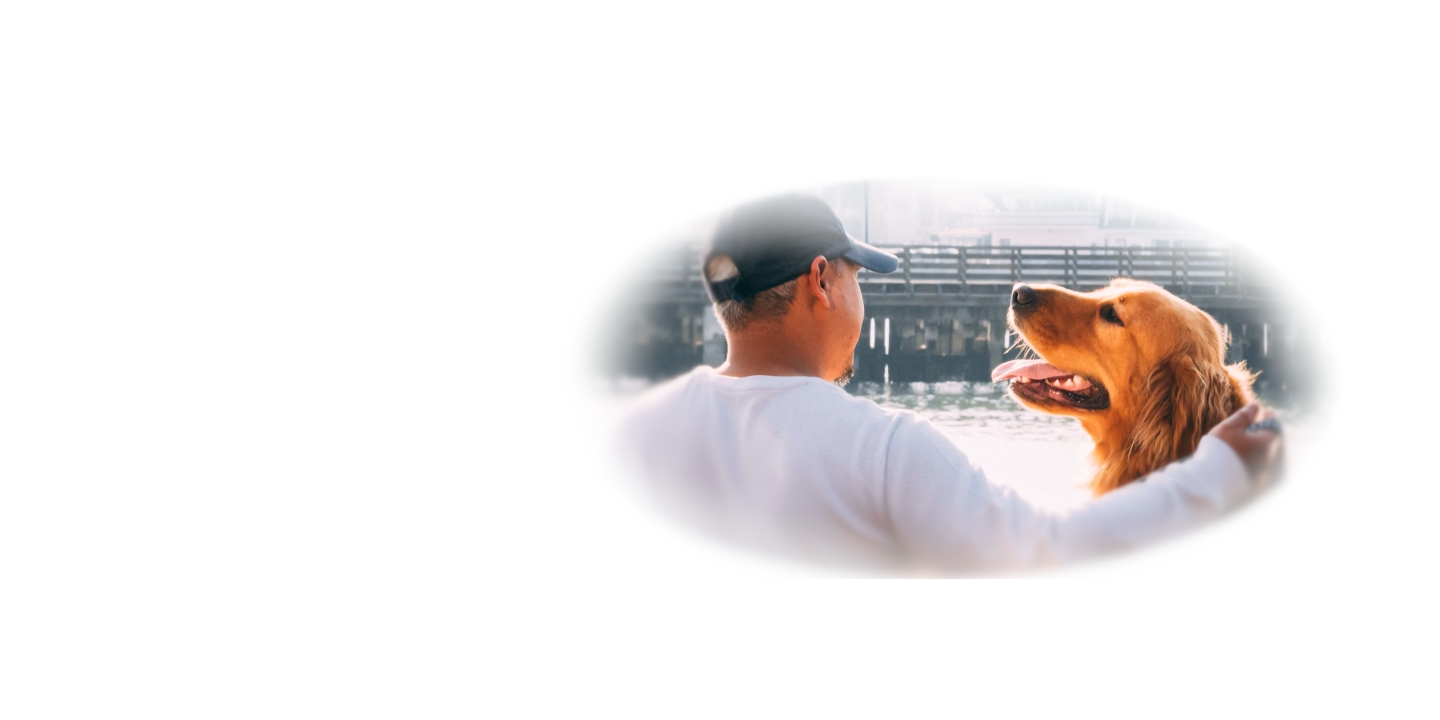Summer safety tips
Pay attention to environmental hazards
Summer is a great time to be a dog, and as an owner, it’s your job to keep your dog safe.
Fresh water intoxication
If your dog ingests too much water, they can become ill. A dog who is in and out of the pool or a lake all day, especially chasing balls or sticks, can ingest a lot of water while playing.
When dogs ingest too much, their electrolytes in the bloodstream become diluted. This can cause brain swelling that, if left unchecked, leads to seizures and other neurological derangements, possibly death.
Make sure your dog takes frequent half-hour breaks from the water throughout the day. A little down time between water sessions allows the body’s natural fluid balancing system time to adjust and manage the excess intake.
Saltwater intoxication
When a dog consumes too much saltwater, the opposite neurological phenomenon happens. Excess salt in the bloodstream pulls water out of brain cells, causing them to shrink. Signs that this is occurring include muscle tremors, disorientation and seizures. Again, this life-threatening situation can be avoided with some simple steps.
First and foremost, make sure your dog has had plenty of fresh water and is well-hydrated before you head to the beach. This will make them less likely to voluntarily ingest saltwater due to thirst. If your dog isn't interested in drinking when you refresh their bowl, watermelon chunks are a great way to help them hydrate. Otherwise, make sure your dog takes breaks between water excursions and keep plenty of fresh water available.
Another potential issue caused by saltwater ingestion — especially with ocean swimming — is explosive, watery diarrhea. Seawater, in addition to being high in sodium and chloride, contains magnesium, which has a strong laxative effect. Try to avoid any unpleasant surprises by walking your dog for 20-30 minutes before getting in the car to drive home.
Blue-green algae
This algae, called cyanobacteria, is an increasingly common water hazard due to ubiquitously rising water temperatures around the globe. Cyanobacteria love warm, stagnant water of any kind — buckets, bird baths and livestock troughs pose the same risk to your dog as ponds and lakes.
Cyanobacteria are not the thick green goop that seems to grow on top of the water. This kind of algae has a somewhat glowing, greenish cast that looks like it’s in the water body itself. Not all cyanobacteria are toxic, but they all look the same, so you simply must avoid them all.
Some cyanobacteria produce toxins that cause rapid, massive liver necrosis when ingested. The liver damage can be so immediate and so severe that the liver fills with blood, which can throw your dog into severe hypovolemic shock in a just a few hours. Even if these dogs make it to the veterinarian quickly, the liver failure might not be treatable.
Other cyanobacteria produce neurotoxins that cause immediate, severe and irreversible damage. Dogs exposed to these neurotoxins typically come out of the water, collapse, convulse and pass away within minutes.
The safest bet when it comes to cyanobacteria is never to allow your dog to drink from or swim in anything but clear, cool, moving water.
Pool chemicals
Once diluted, most pool chemicals aren’t toxic to your dog.
The one exception is pool shock, which occurs when an extremely high concentration of chlorine is in the water. This can irritate your dog’s skin and respiratory tissues, and some dogs may collapse after swimming in a recently re-chlorinated pool. Affected dogs typically recover quickly with intravenous fluid support, but it’s best to avoid this.
Pool chemicals in their concentrated forms (chlorine tabs, crystals and concentrated liquids) are highly caustic to both animals and humans. If your dog chews on these, they will likely suffer painful burns in the mouth, esophagus and stomach — requiring immediate veterinary attention.
Lawn care products
If a product comes in pellet or granule form, and you typically water down the area where you spread the products over the ground, then the water usually washes the chemical agents into the soil. What’s left behind is the material the pellets that carried the chemical were made of, typically corncob or clay matter, which is generally harmless. But if your dog rips open a bag of lawn treatment for a snack, call an animal poison control emergency hotline and start driving to your vet.
Fortunately, most residential pesticides are safe. However, a few highly toxic agents are out there, so read warnings on the labels before deciding what to use. For instance, outdoor ant and snail baits can be toxic to dogs, so it's best to avoid those. If a product is labeled as "bait," then those attractants may also make your dog more likely to seek out the source of the smells too.
With herbicides, usually it’s the inactive ingredients, or solvents, that cause some stomach upset if ingested. Moldy fertilizer may contain mycotoxins that are neurologically poisonous to the dog, for example. Occasionally, pesticides are added to fertilizer, so it is extremely important to check labels carefully before using any product.
Mulch, for the most part, is not toxic — with one exception: cocoa-bean mulch. It looks beautiful and smells appealing, but it’s just as toxic as chocolate to dogs and should be avoided. Other mulches may cause gastrointestinal upset or blockage, but have a lower toxicity.
Increasing your awareness is the first step in protecting your dog from summer hazards. Knowing how to prevent problems and avoid potentially dangerous situations will help keep you and your dog safe and happy all summer long.
This article has been reprinted with permission from the Cornell University College of Veterinary Medicine’s DogWatch newsletter, published by Belvoir Media Group. When you become a member of the Riney Canine Health Center, you will receive a free subscription to DogWatch.

